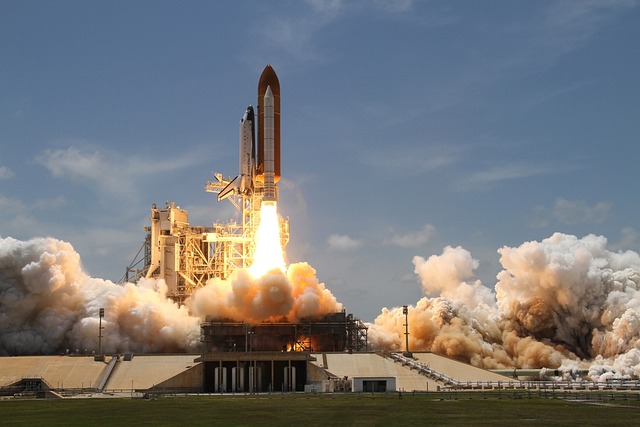Examine the budget challenges faced by NASA’s ambitious Artemis program as costs continue to rise. Explore the implications for lunar missions, future space exploration, and the role of international and commercial partnerships.
NASA’s Artemis Program: Soaring Ambitions Amid Rising Costs and Budget Concerns
Introduction
NASA’s Artemis program, aimed at returning humans to the Moon by 2024 and establishing a sustainable lunar presence by 2028, has captured the imagination of space enthusiasts worldwide. However, as the costs associated with the program continue to rise, NASA faces potential budget crunches that could impact the timeline and scope of its lunar ambitions. In this article, we’ll delve into the budget challenges surrounding the Artemis program and consider their implications for the future of space exploration.
The Rising Costs of the Artemis Program
The Artemis program is an ambitious undertaking that requires significant investment in new technologies, spacecraft, and infrastructure. As a result, the costs associated with the program have been steadily rising, with some estimates placing the total price tag for the first lunar landing mission at over $28 billion. These increasing costs have raised concerns about the program’s sustainability and the potential impact on NASA’s overall budget.
Budget Challenges and Implications
As the costs of the Artemis program escalate, several challenges arise, including:
Funding limitations: NASA’s budget is subject to the approval of the U.S. Congress, which may be hesitant to allocate additional funds to the program amid competing priorities.
Delays and scaled-back ambitions: Budget constraints could lead to delays in the program’s timeline, pushing back the targeted 2024 lunar landing and other mission milestones. Additionally, funding challenges may force NASA to scale back certain aspects of the program or postpone more ambitious objectives.
Impact on other NASA projects: The focus on the Artemis program may divert resources from other important NASA projects, such as space telescopes, Mars missions, and climate research.
International and Commercial Partnerships: A Possible Solution
To mitigate the budget challenges faced by the Artemis program, NASA may need to rely more heavily on international and commercial partnerships. Collaborating with international space agencies, such as the European Space Agency (ESA) and the Japan Aerospace Exploration Agency (JAXA), could help distribute costs and share resources. Similarly, partnering with commercial entities like SpaceX and Blue Origin could leverage private-sector innovation and funding to support the program’s objectives.
Conclusion
The Artemis program represents a bold step forward in humanity’s quest to explore the Moon and beyond. However, the rising costs associated with this ambitious endeavor present significant budget challenges for NASA. By embracing international and commercial partnerships, NASA can overcome these obstacles and continue to push the boundaries of space exploration. While the road ahead may be fraught with financial hurdles, the promise of returning to the Moon and establishing a sustainable lunar presence remains a powerful incentive to persevere.












